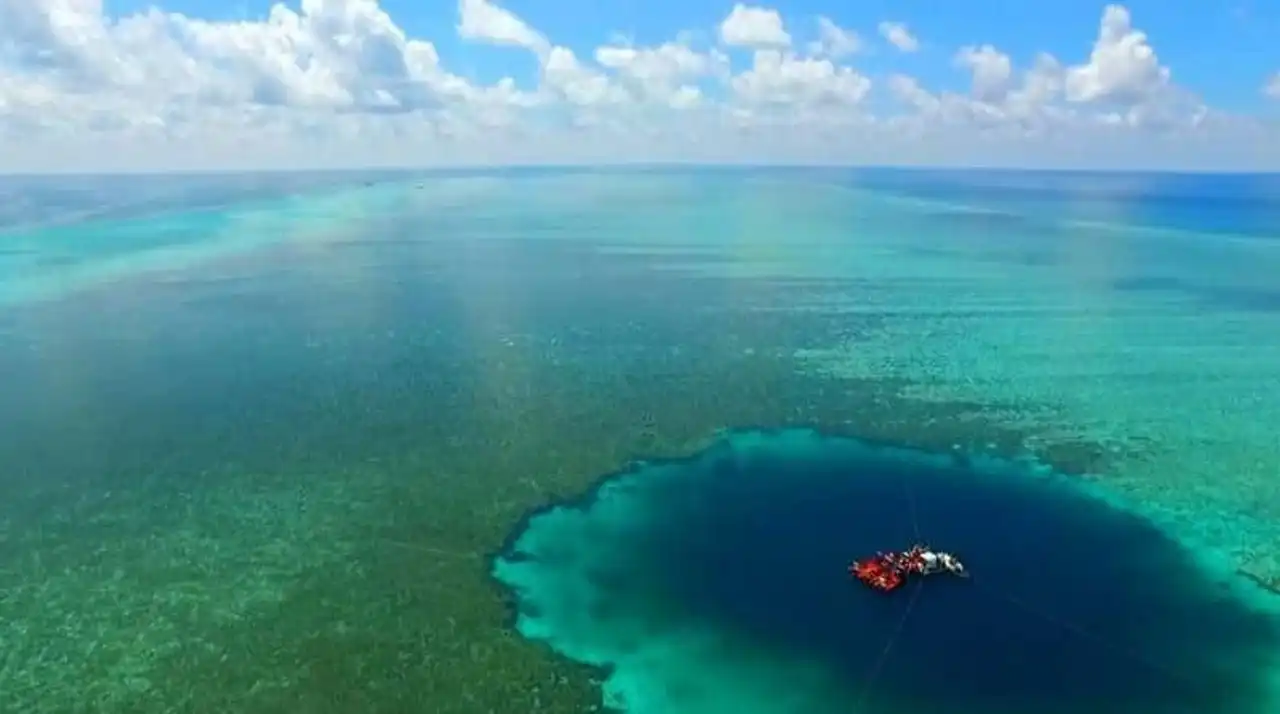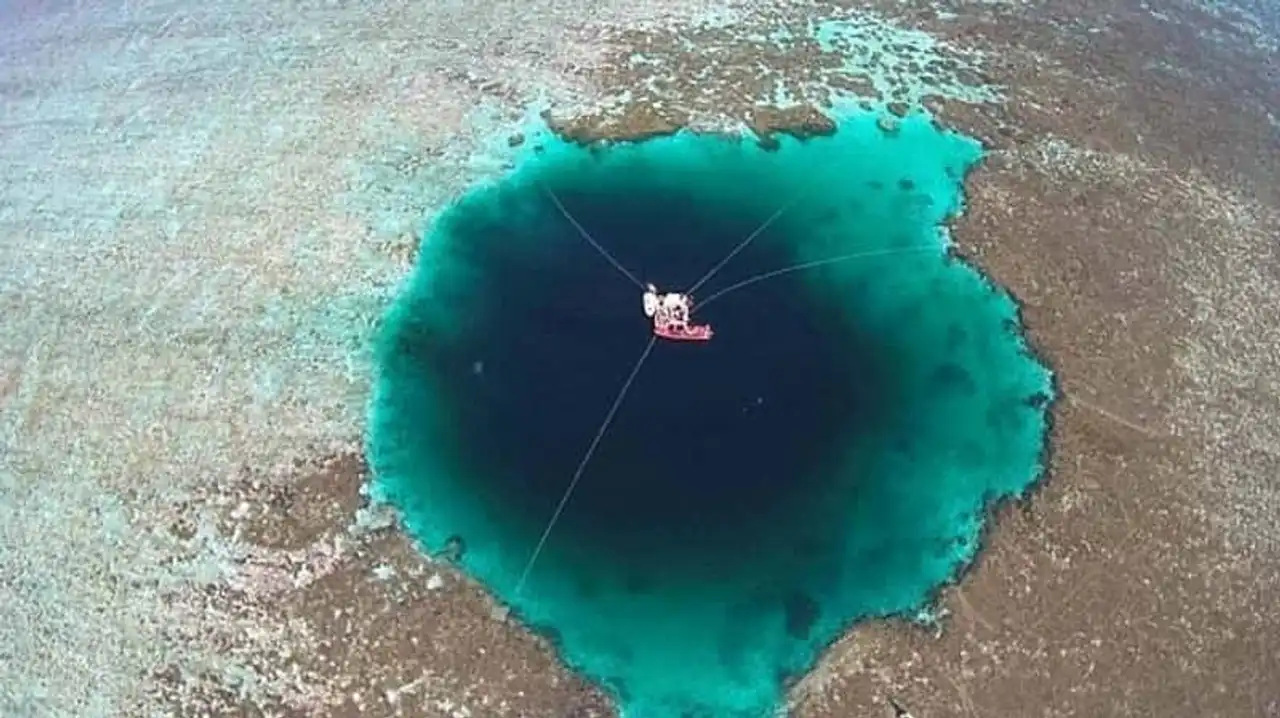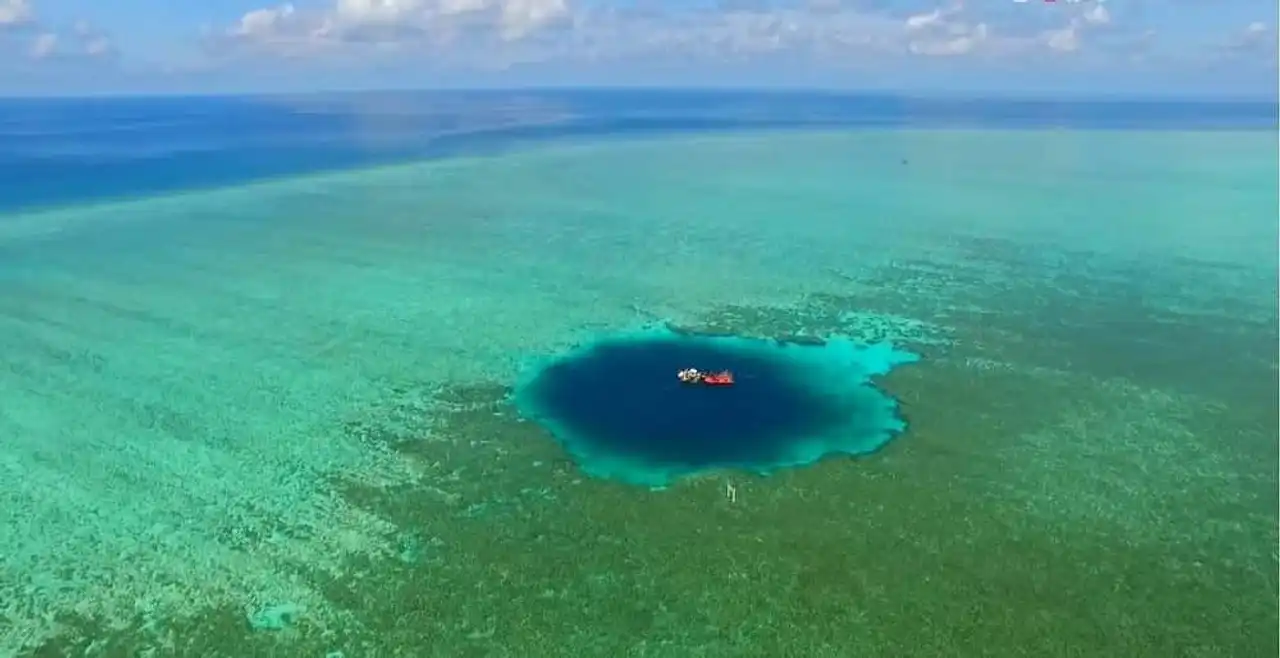Researchers have identified what is certainly the deepest blue hole in the world, which is located in the Paracels Islands at the South China Sea.
According to scientists, almost 75% of the seabed remains unexplored. After more than 12 months of research, on July 22, 2016 to be exact, Chinese researchers were able to set a new record and claim to have found the largest marine hole in the world: it is called the "Dragon Hole" (or "China Eye") and it is located in China .
Located very exactly within the archipelago Paracel Islands (Southern China), this excavation would reach 389 metres of depth, just a little more than the Eiffel Tower (324 metres).
This fabulous discovery surpasses the record held by Dean’s blue hole, located in the Bahamas, near the coasts of Belize, which was 202 metres below the water level.
A very ancient "architecture"
The rock formation of the “Dragon Hole” took place over thousands of years, and the researchers think that a very large amount of limestone eroded under the ground, which encouraged the appearance of a cave. Then the roof of the cave collapsed and the cavity gradually filled with water after the melting of the ice, which gave birth to the present blue hole.
This blue hole, so called because of its rich dark blue coloration, strongly contrasts with the waters around it. It is very likely that the Dragon Trou was born during the last glacial period, when the sea level was 100 meters lower than it is today. The rock was altered by the action of rainwater and dug.

New fish species
In addition to its size and extreme depth, Chinese researchers have discovered more than 20 species of fish and marine organisms, including a robot called VideoRay Pro 4.
In fact, beyond 100 metres, the water is circulating badly and the lack of oxygen often excludes finding any traces of life. Yet it would seem that some "survivors" of this era still resided by these unexplored seabeds. Would you be ready to go to the South China Sea to approach this blue hole? The Dragon’s hole barely begins to deliver its first treasures, who knows what remains to be discovered?









Loading comments ...